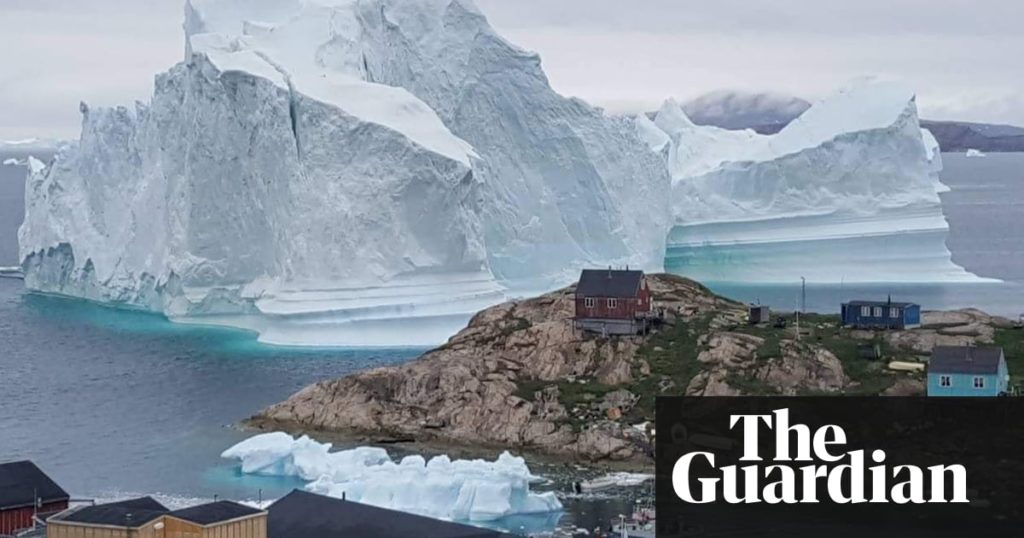Ethereum doing with its life?
Ethereum’s parents had big expectations for their little one right from the start , urging it to become an explorer and to set out into the digital unknown as well as to bring order in the form of programmable automated rules – aka smart contracts. Hence the name Frontier being given to Ethereum’s first release version. Frontier – 30 July 2015
Frontier was Ethereum’s first release, designed mostly to let developers explore and experiment with the new platform.
Ethereum turned out to be a gifted explorer, and colonists quickly followed it into the newly discovered digital space. Many of those colonists would go on to become key projects in their own right, exploring other digital frontiers in their own way.
Today, says Roberto Rabasco, Orvium co-founder, Ethereum is backed up with more than 250,000 developers and 1,800 registered dapps.
“Perhaps more importantly,” he says, “94 out of the top 100 blockchain projects have been launched on top of the Ethereum network.
Ethereum has paved the way for many interesting projects like EOS, NEO, Cardano and Zilliqa, highlighting how indispensable this technology has become across a wide spectrum of industries.
”
“It is quite clear the positive impact Ethereum has had on the crypto space as a whole and I don’t believe we would have seen such a rapid development of the token-sale market without it,” says Nick Cowan, CEO of the Gibraltar Blockchain Exchange. “The diverse applications and use cases for Ethereum and its smart contracts have given us a rich and diverse mix of projects. The Gibraltar Blockchain Exchange focused the initial development of our institutional-grade token sale platform, the GBX GRID , on ERC-20 tokens. This meteoric rise of tokens as a new route to financing for companies has changed the world and I think we’re still only at the beginning.
There is still so much more to come.” Homestead – 14 March 2016
The Homestead hard fork came on 14 March 2016 and was Ethereum’s first stable production version.
It incorporated improvement proposals from the last eight months and some of the lessons learned over the course of Ethereum’s previous wanderings.
For the purposes of this extended metaphor, it might be thought of as Ethereum coming back home and regaling its parents with stories of the new digital frontier.
It was joined by some new friends it had made out in the digital frontier – all those other ERC20 tokens and their developers – and together they started renovating the old homestead.
“Ethereum has been wonderfully stable now for years and this is the greatest credit that can go to its authors, Vitalik Buterin, Gavin Wood and others. It’s this stability which makes it so hard for other smart contracting blockchain challengers, even those which promise some brilliant features, to take Ethereum on,” says Henri Pihkala, CEO and founder of the Streamr data marketplace . “Not only does Ethereum have around 17,000 nodes running the network across six continents, its developer community is estimated to be one of the largest in the world among blockchain projects, at approximately 250,000 members.
“In less than a year, Truffle, a development framework for Ethereum, has been downloaded more than half a million times. These are some unbeatable network effect numbers. Saying this, there is definitely a long way to go for public blockchains, Ethereum included, in order to achieve mass adoption and handle billions of potential users.”
It wasn’t all smooth sailing though.
One of those new friends, The DAO, forgot to lock the homestead’s door one night (despite being repeatedly warned).
Some burglars got in through the unlocked door and stole about $150 million worth of building materials from the construction site. In the resulting disagreement around whether to go after the thieves, the community split into Ethereum and Ethereum Classic .
The community kept growing and improving though, and eventually the place was looking more like a city than a homestead.
Metropolis Byzantium – 16 October 2017
The third hard fork was Metropolis Byzantium, on 16 October 2017. This is where Ethereum is on its third birthday.
Metropolis was initially intended to come as a single update, but Istanbul wasn’t built in a day.
It was split into two pieces instead: Metropolis Byzantium, Ethereum’s current phase, and Metropolis Constantinople whose release date is yet to be announced.
The once-empty frontier turned into a homestead, and it’s now turned into a thriving metropolis. The construction is far from complete though. Specifically, the metropolis is metaphorically lacking suitable roads and public transport. So you can live in the city, but it’s crowded, expensive and tough to get around.
It was at its worst in December 2017, when a herd of CryptoKitties invaded the city , blocking the roads and getting in everyone’s way right as cryptocurrency prices were hitting new all-time highs and Ethereum was in peak tourist season.
The kitties have mostly been adopted, but congestion is still a major and unpredictable issue.
The next major step for Ethereum, pencilled in for 2018 or 2019, is the Metropolis Constantinople update, intended to help address these problems with changes like replacing the current single lane roads with hundred lane roads .
Ethereum’s parents looked out on an unexplored digital frontier and imagined building a city there. Three years later, there it is. It might not be the most liveable city in the digital world, but capitals often aren’t.
.
